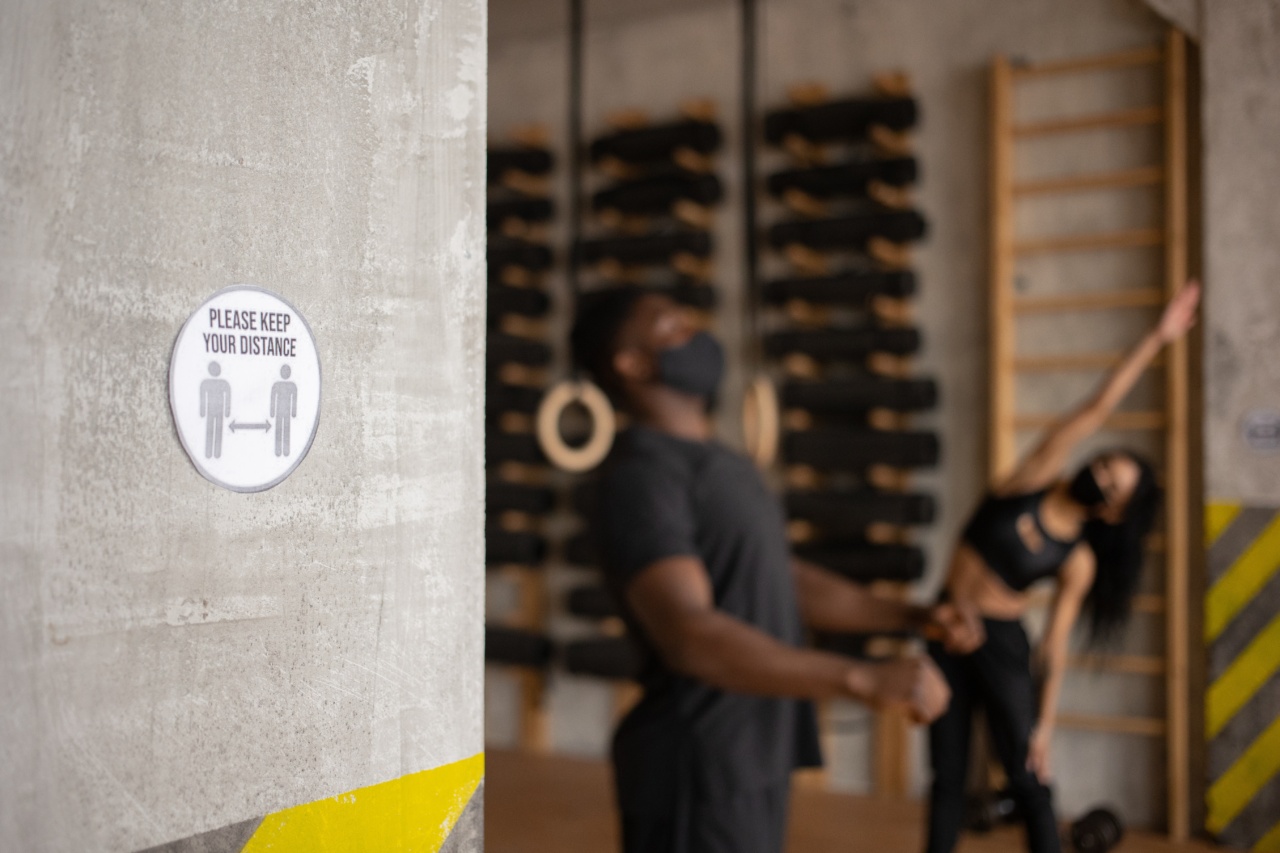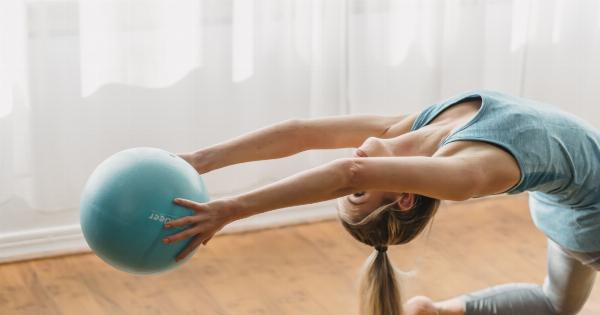The knees are one of the most crucial joints in our body, supporting our weight and enabling us to walk, run, jump, and perform various activities. However, knee injuries are common, and they can range from mild sprains to severe ligament tears.
Whether you are an athlete, a fitness enthusiast, or simply someone who wants to maintain healthy knees, it’s important to take proactive measures to protect them. In this article, we will discuss some tips and exercises to help you protect your knees and keep them strong and functional.
Tip #1: Maintain a Healthy Weight
One of the most effective ways to protect your knees is to maintain a healthy weight. Each pound of excess weight you carry puts extra stress on your knees, increasing the risk of injury and joint degeneration.
By maintaining a healthy weight through a balanced diet and regular exercise, you can reduce the strain on your knees and improve their overall health.
Tip #2: Warm-Up and Stretch Before Exercise
Prior to engaging in any physical activity, it’s crucial to warm up your muscles and stretch your joints, including your knees. This helps increase blood flow to your knees, loosens up the surrounding muscles, and improves their flexibility.
Incorporate dynamic stretches and movements that target the lower body, such as leg swings and lunges, to prepare your knees for the upcoming exercise.
Tip #3: Wear Proper Footwear
The shoes you wear play a significant role in protecting your knees during various activities. Invest in well-fitting shoes that provide proper support and cushioning for your feet and knees.
Different activities may require specific types of footwear, so choose accordingly. For example, if you are a runner, opt for running shoes designed to absorb shock and provide stability.
Tip #4: Strengthen the Muscles around Your Knees
Strengthening the muscles around your knees is essential for knee stability and protection. Strong muscles, such as the quadriceps and hamstrings, help absorb shock and distribute forces evenly, reducing the strain on your knee joint.
Include exercises like squats, lunges, step-ups, and leg presses in your workout routine to strengthen these muscles. Consult a fitness professional or physical therapist for guidance on appropriate exercises.
Tip #5: Avoid Overtraining
While it’s crucial to engage in regular exercise, it’s equally important to avoid overtraining. Overtraining can lead to fatigue, muscle imbalances, and increased risk of injuries, including knee injuries.
Give your body sufficient rest and recovery time between exercise sessions to allow your knees and other joints to recover and adapt to the demands of physical activity. Listen to your body and adjust your exercise intensity and frequency accordingly.
Tip #6: Modify High-Impact Activities
High-impact activities, such as running or jumping, can put significant stress on your knees. If you have a history of knee pain or previous knee injuries, consider modifying these activities to reduce the impact on your knees.
For instance, you can switch to low-impact exercises like swimming or cycling, which provide cardiovascular benefits without excessively straining your knees.
Tip #7: Practice Proper Landing Techniques
When participating in activities that involve jumping or landing, it’s crucial to practice proper landing techniques. Bend your knees and aim to land softly with a slight forward lean.
This helps absorb the impact and distribute the forces throughout your lower body, reducing the strain on your knees. Additionally, ensure you have a stable landing surface to minimize the risk of knee injuries.
Tip #8: Use Knee Braces or Supports, If Necessary
If you have a history of knee problems or are engaging in activities that place excessive stress on your knees, using knee braces or supports can provide added stability and protection to your joints.
Talk to a healthcare professional or physiotherapist to determine if using knee braces or supports is suitable for your condition and needs.
Tip #9: Avoid Prolonged Knee Stress
Avoid placing prolonged stress on your knees, especially in positions that compress or twist the joint excessively. For example, try not to sit or kneel in the same position for an extended period.
Take breaks, change positions, and support your knees with cushions or pillows when necessary. These small adjustments can significantly reduce the risk of discomfort or knee-related issues in the long run.
Tip #10: Listen to Your Body and Seek Professional Help
Lastly, always listen to your body and pay attention to any signs or symptoms of knee discomfort or pain. If you experience persistent knee pain, instability, or swelling, it’s essential to seek professional help.
A healthcare professional or physiotherapist can evaluate your condition, provide an accurate diagnosis, and recommend appropriate treatment or rehabilitation exercises to protect your knees.




























